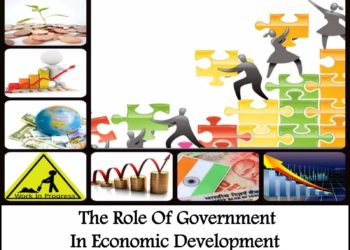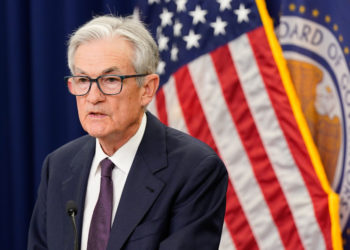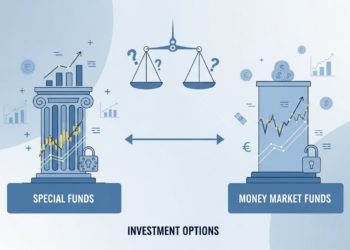Kenya is moving decisively to manage its economy with a mix of strategic balance and long-term resilience. Recent moves across monetary policy, state enterprise restructuring, and external funding reveal a government keen on sustaining growth while restoring investor confidence.
On the monetary side, S&P Global recently upgraded Kenya’s sovereign credit rating from ‘B-’ to ‘B’, citing improved external liquidity. This shift is largely anchored on strong export earnings and the continued growth of diaspora remittances, which remain one of the country’s most reliable foreign exchange inflows. The upgrade signals renewed confidence among global investors and may ease the cost of future borrowing, offering breathing space for Kenya’s debt management efforts.
Meanwhile, Kenya Airways continues to dominate discussions in the state-owned enterprise space. The national carrier reported a half-year pretax loss of KES 12.2 bn, underscoring the financial turbulence it has faced in recent years. In response, the airline has announced plans to raise USD 500.0 mn by early 2026 to modernize its fleet and restore profitability. The proposal, now awaiting shareholder approval, highlights a bold funding pivot that could redefine its competitiveness while also reducing reliance on state bailouts.
Kenya’s external funding diversification strategy has also made headway. In August, the country secured USD 169.0 mn in Samurai bond financing from Japan, channeled toward bolstering vehicle assembly and energy sector projects. Beyond injecting capital into critical industries, this move underscores Kenya’s effort to expand its borrowing beyond traditional Eurobond markets. By tapping into lower-cost, alternative sources of funding, Kenya is seeking to ease its external debt servicing burden while supporting industrial resilience and infrastructure development.
Taken together, these developments paint the picture of an economy attempting to recalibrate with a sharper sense of direction. On one hand, Kenya is tightening its fiscal foundation through smarter financing choices and investor-friendly policies. On the other, it is working to restructure state enterprises while unlocking external partnerships that support industrial growth.
The challenge will be ensuring that these moves translate into broad-based benefits, lower debt vulnerability, a stronger private sector and sustainable job creation. If managed well, Kenya may be at the cusp of not just stabilizing its economy but positioning itself as one of Africa’s most attractive investment destinations.


















